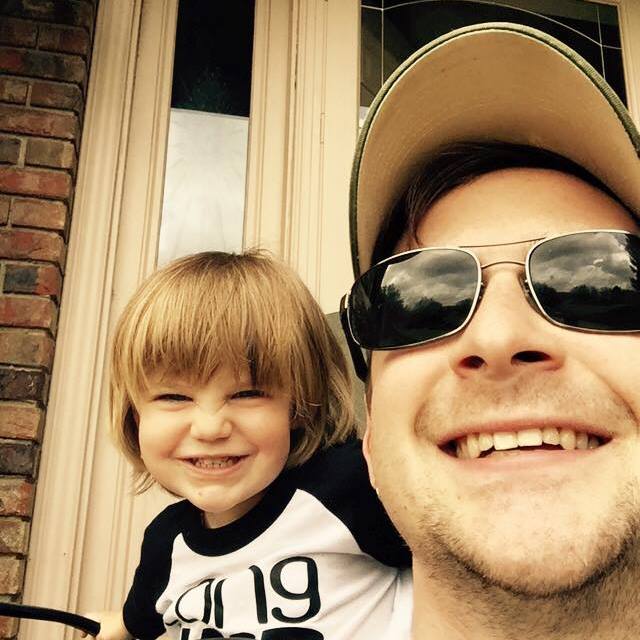Detect Browser Bars Visibility with JavaScript
It's one thing to know about what's in the browser document, it's another to have insight as to the user's browser itself. We've gotten past detecting which browser the user is using, and we're now into knowing what pieces of the browser UI users are seeing.
Browsers provide window.personalbar, window.locationbar, and window.menubar properties, with the shape of { visible : /*boolean*/} as its value:
if(window.personalbar.visible || window.locationbar.visible || window.menubar.visible) {
console.log("Please hide your personal, location, and menubar for maximum screen space");
}
What would you use these properties for? Maybe providing a warning to users when your web app required maximum browser space. Outside of that, these properties seem invasive. What do you think?
![Being a Dev Dad]()
I get asked loads of questions every day but I'm always surprised that they're rarely questions about code or even tech -- many of the questions I get are more about non-dev stuff like what my office is like, what software I use, and oftentimes...
![Serving Fonts from CDN]()
For maximum performance, we all know we must put our assets on CDN (another domain). Along with those assets are custom web fonts. Unfortunately custom web fonts via CDN (or any cross-domain font request) don't work in Firefox or Internet Explorer (correctly so, by spec) though...
![spellcheck Attribute]()
Many useful attributes have been provided to web developers recently: download, placeholder, autofocus, and more. One helpful older attribute is the spellcheck attribute which allows developers to control an elements ability to be spell checked or subject to grammar checks. Simple enough, right?
![background-size Matters]()
It's something that makes all men live in fear, and are often uncertain of. It's never spoken, but the curiosity is always there. Nine out of ten women agree in the affirmative. Advertisers do their best to make us feel inadequate but...





I remember testing these out recently, and from memory, they don’t really do anything in most browsers (always set to true).